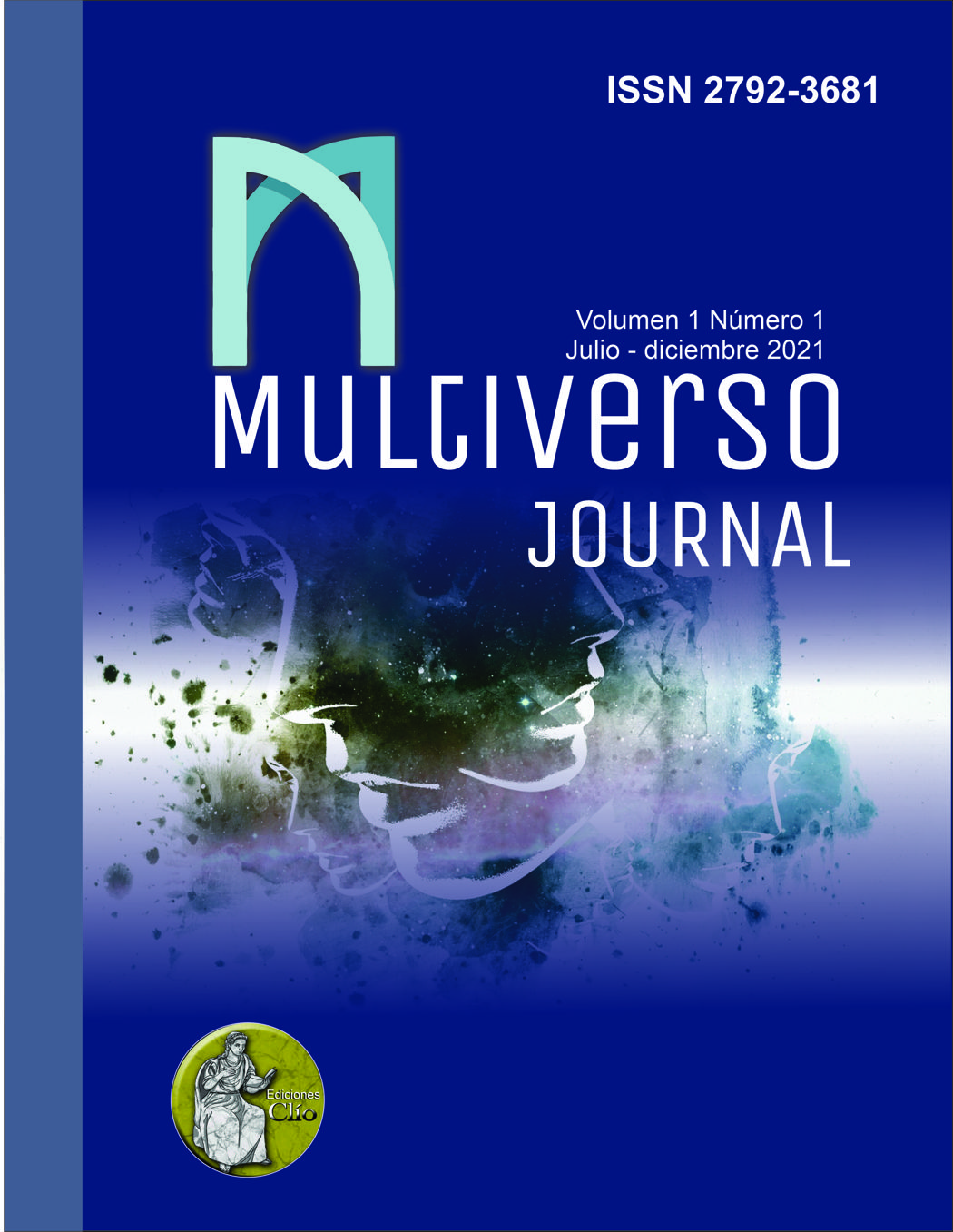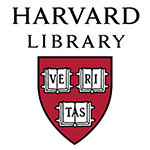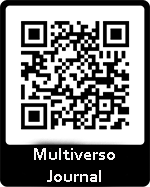Historical-political context that serves as the setting for internal conflict in the process of seeking to achieve peace in Colombia
DOI:
https://doi.org/10.46502/issn.2792-3681/2021.1.3Keywords:
internal conflict in Colombia; 2016 Havana Agreements; quest for peace; conflict scenarios.Abstract
The dynamics of political and social conflict in Colombia have remote backgrounds that could go back even to the process of formation of the republican state in the first half of the nineteenth century. In any case, it is a structural conflict that in one way or another historically envelops Colombian society as a whole and which has multiple causes in the order of economic, political, social, and cultural. As early as the twentieth century, the Colombian conflict expressed in a fratricidal war escalated exponentially following events such as the assassination of liberal leader Jorge Eliecer Gaitán in Bogota in 1948. From a documentary-based methodology, the objective of the research was to describe the historical-political context that serves as the setting for conflict and the quest to achieve peace in Colombia, after the democratic transition of 1991. In this special effort emphasis acquires the analysis of the scope and significance of the so-called Havana agreements of 2016. It all concludes that improving the way to manage conflict is to qualitatively increase the spaces of democratic participation that enable society to develop a life free of violence.
References
Arellano, J. (16 de julio de 2008). El nuevo diario. Obtenido de La muerte de Jorge Eliecer Gaitán y sus consecuencias en Colombia: https://www.elnuevodiario.com.ni/opinion/20768-muerte-jorge-eliecer-gaitan-sus-consecuencias-colo/
Asamblea nacional constituyente. (2016). Constitución política de Colombia de 1991. Bogotá: Edición especial preparada por la Corte Constitucional.
Berrocal Durán, J. C., Villasmil Espinoza, J. J., & Villa Villa, S. I. (2019). Polarización social en Colombia y Venezuela: ideologías excluyentes e identidades políticas contrarias. Revista de Filosofía, (92), 64-84.
Calvano Cabezas, L. (2018). Contrato social y modernidad política en Colombia. Cabimas : Fondo editorial de la UNERMB.
Calvano Cabezas, L. (2019). Apuntes sobre los desafíos que entraña el nuevo contrato social para Colombia en tiempos del postconflicto. Cuestiones Políticas, 36 (63), 14-29.
Centro Nacional de Memoría Histórica. (27 de 03 de 2020). Centro Nacional de Memoría Histórica. Obtenido de Los impactos y los daños causados por el conflicto armado en Colombia : Centro Nacional de Memoría Histórica
Gaitán y Uribe. Líderes políticos en perspectiva comparada. (2018). Cabimas: Fondo editorial de la UNERMB.
Gaitán, G. (29 de agosto de 2014). Las 2 orillas. Obtenido de "La violencia no empezó con la muerte de mi padre" Gloria Gaitán entra al debate de memoria histórica: https://www.las2orillas.co/la-carta-de-la-hija-de-jorge-eliecer-gaitan/
Gaitán, J. E. (1979). Obras selectas “Eastman Jorge Mario (compilador)" . Bogotá: Camara de representantes .
Galeano, E. (1987). Las venas abiertas de América Latina. Monte Video: Ediciones del Chanchito.
Gómez Martínez, E. (12 de octubre de 2016). Obtenido de 1949-1953 La guerrilla liberal: http://www.revistacredencial.com/credencial/historia/temas/1949-1953-la-guerrilla-liberal
González González, F. E. (2014). Poder y violencia en Colombia. Bogotá: ODECOFI.
Hernández, J. G. (11 de julio de 2016). Razón pública. Obtenido de La Constitución de 1991: 25 años de un proyecto humanista y democrático: https://razonpublica.com/la-constitucionde-1991-25-anos-de-un-proyecto-humanista-ydemocratico/#:~:text=La%20Constituci%C3%B3n%20de%201991%20naci%C3%B3,respuesta%20institucional%20a%20las%20varias
Kalmanovitz, S. (2003). El neoinstitucionalismo como escuela . Revista de Economía Institucional, 05 (09), 189-212.
Losada, R. L., & Casas Casas, A. (2008). Enfoques para el análisis político Historia, epistemología y pesrpectivas de la ciencia política . Bogotá: Universidad Javeriana.
Martín, A. (2010). La violencia en Colombia . Caracas: Los libros de el nacional.
Miranda, B. (03 de octubre de 2016). BBC Mundo. Obtenido de Las razones por las que el "No" se impuso en el plebiscito en Colombia: https://www.bbc.com/mundo/noticias-america-latina-37537629
Oficina del alto comisionado. (24 de noviembre de 2016). Biblioteca del proceso de paz con las FARC-EP. Obtenido de Acuerdo final para la terminación del conflicto y la construcción de una paz estable y duradera : https://www.jep.gov.co/Documents/Acuerdo%20Final/Acuerdo%20Final.pdf
Pataquiva García, G. N. (2009). Las FARC, su origen y evolución. UNISCI Discussion papers, (19), 154-184.
Ramírez Tobón, W. (2015). La guerra y el contrato social en Colombia. Bogotá: Debate.
Reyes Soriano, J. (2013). Ejército de Liberación Nacional colombiano: desde la renovación política a la corriente de renovación socialista, 1978-1994. Revista Divergencia, (03), 71-88.
Ríos, J. (2017). El Acuerdo de paz entre el Gobierno colombiano y las FARC: o cuando una paz imperfecta es mejor que una guerra perfecta. Araucaria revista iberoamericana de filosofía, política y humaniadades, 19 (38), 593-618.
Sierra, L. M. (2015). Álvaro Uribe: un presindente de teflón. En O. y. Rincón, De Uribe, Santos y otras especies políticas (pág. 326). Bogotá: Universidad de los Andes.
Soracá Becerra, S. (2018). Voto en blanco en Colombia Cultura emergente y representaciones que lo identifican. Cabimas: Fondo editorial de la UNERMB.
Villamizar, J. C. (2020). La reforma agraria: la paz con las FARC, un compromiso aplazado de nuevo . ACHSC, (47), 231-263 .
Villasmil Espinoza, J. J. (2017). Saberes emergentes, intervención social crítica y nuevo contrato social para la Colombia del siglo XXI . En Reinventando saberes para la intervención social (pág. 369). Barranquilla: Universidad Simón Bolívar.
Published
How to Cite
Issue
Section
License
Copyright (c) 2021 Fernando Fernández Celedón

This work is licensed under a Creative Commons Attribution 4.0 International License.
The authors who publish in this journal agree to the following terms:
The authors retain copyright and guarantee the journal the right to be the first publication where the article is presented, which is published under a Creative Commons Attribution License, which allows others to share the work prior to acknowledgment of the authorship of the article. work and initial publication in this journal.
Authors may separately enter into additional agreements for non-exclusive distribution of the version of the work published in the journal (for example, placing it in an institutional repository or publishing it in a book), with an acknowledgment of its initial publication in this journal.



















